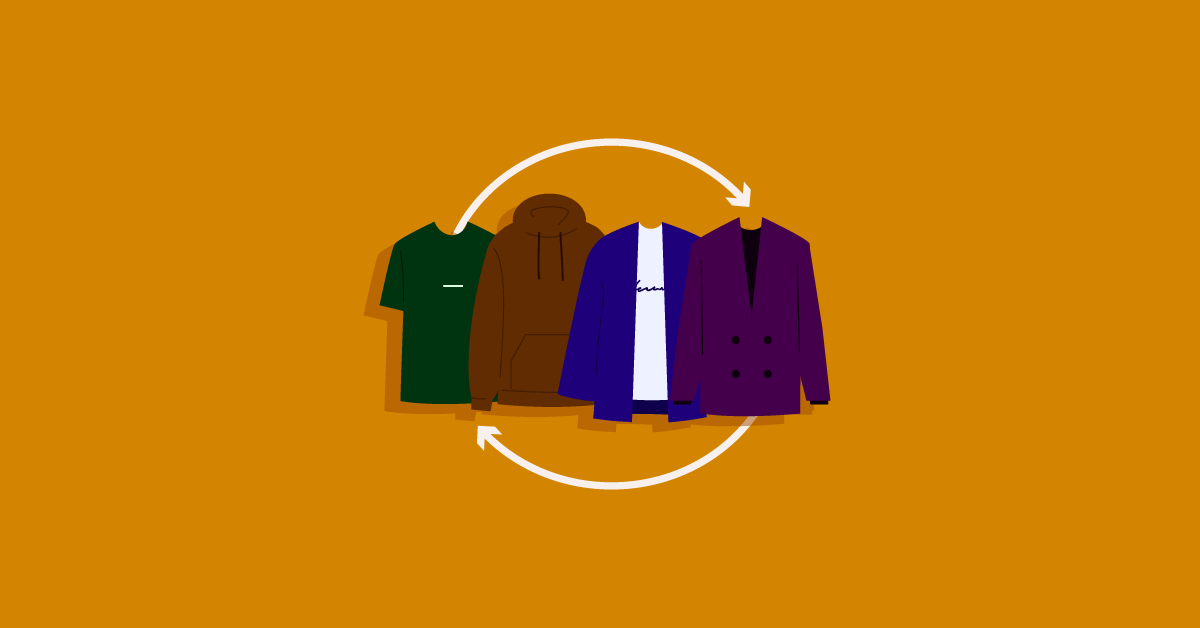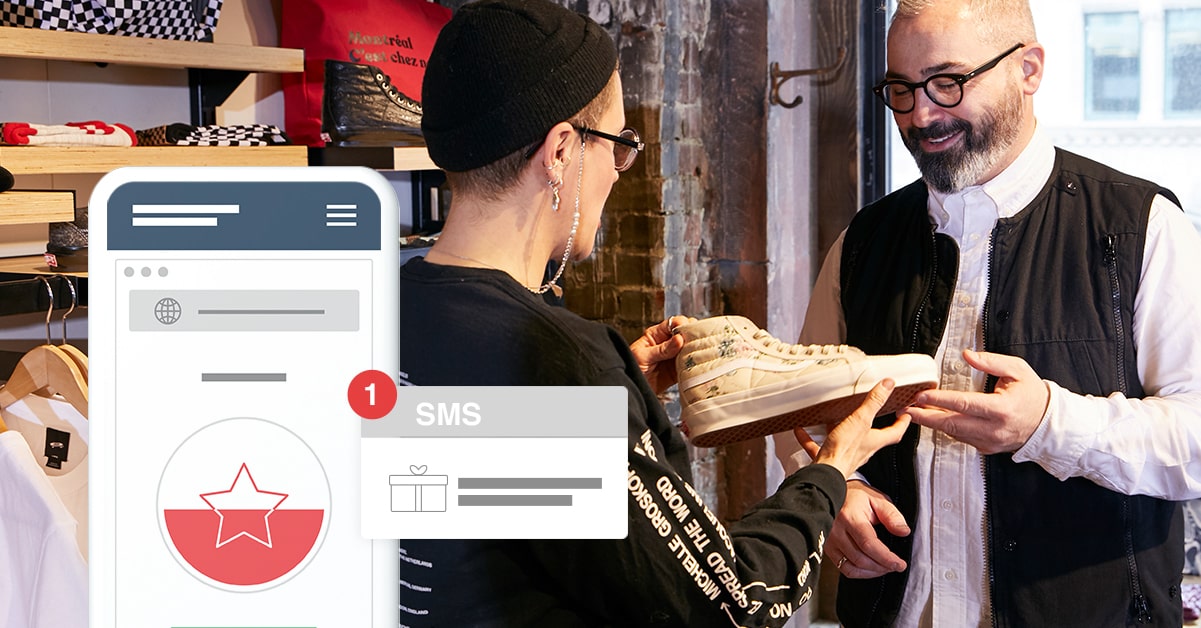
Most businesses go all-in on new customer acquisition when they’re focused on expanding their business’s bottom line. They funnel all of their ad spend towards reaching and converting cold audiences. While expanding your reach is important, many of these businesses end up neglecting customer retention to their own detriment.
In this post, we’re going to take a close look at customer retention, including how to calculate your customer retention rate, why it’s so important, and strategies you can use to boost retention across the board.
Reinvent your business for short and long-term success
Owners and operators face a whole new set of challenges. Download our free playbook and learn how to diversify sales and build a more resilient business post-pandemic.
What is customer retention?
Customer retention is the act of keeping individuals as customers who repeatedly purchase from you after they convert the first time.
You don’t want every customer out there to discover your product, think it’s great and only purchase once; you want repeat customers who come back again and again, and who love your brand so much that they’ll sing your praises to their friends and peers, too.
Why is customer retention important?
You want your retention rate to be as high as possible. This not only ensures maximum profitability, but it lets you know that your marketing is sound, the quality of your product or service is strong and that you’re targeting the right people with your communications.
Customer retention is the best way to scale your business at an affordable cost. You’re not needing to worry about tracking down massive amounts of new audience members just to hit a minimum baseline like you would if one customer was walking out the door while another walked in.
High customer retention rates also increase profitability. You aren’t needing to pay to run expensive campaigns that push users through the digital sales funnel every time these customers purchase, keeping your overall acquisition campaign ad spend lower.
When you’re marketing to repeat customers, you have a 60-70% success rate for selling to them, whereas selling to new customers is only going to have a 5-20% success rate at the most. It’s also somewhere between 5-20x more expensive to acquire new customers than it is to retain an existing one.
What is customer retention rate?
Your customer retention rate tells you the percentage of your customers who you retain (or who purchase from you again) over a specific period of time. It’s the opposite of churn, which tells you how many customers you’ve lost over a set period of time.
How to calculate retention rate
All online and eCommerce businesses should keep tabs on their retention rate. It can help them shape marketing campaigns and address pain points that result in customer dissatisfaction.
Fortunately, calculating your retention rate is relatively straightforward. Here’s the formula you need to follow:
Customer Retention Rate Formula
Before you get started, you’ll need the following information:
- The number of customers at the start of a period (S)
- The number of customers at the end of a period (E)
- The number of new customers acquired over the same period (N)
With that information ready, use the following formula to find your retention rate:

Let’s look at an example. Let’s say that you’re an online gourmet grocery store and your average customer purchases at least three times per year. You decide to use a year as your standard length of time.
At the end of a year, you saw that you had a total of 400 customers and that 200 of them were new users. You started the year with 310 customers.
That equation would look like this:
Customer retention rate = ((400 – 200) / 310) x 100
Customer retention rate = (200 / 310) x 100
Customer retention rate = 0.64 x 100
Customer retention rate = 64.5%
For that year, your grocery store had a 64.5% customer retention rate.
3 customer retention metrics to watch
Customer retention is a great metric to watch, but it definitely isn’t the only metric to consider. There are three additional metrics you want to keep a close eye when evaluating your customer retention and the value of the customers that you currently have: Repeat customer rate, purchase frequency, and average order value.
1. Repeat customer rate
Your repeat customer rate tells you what percentage of your existing customers have come back to purchase again. While you do want plenty of new customers, too, having a solid base of repeat customers is like a good retention rate: It shows that you’re doing something right, customers are happy and they choose to continue shopping with you.
You can calculate your repeat customer rate with the following formula:

2. Purchase frequency
Purchase frequency tells you how often your customers will come back to purchase again. This can be a factor to consider when you’re looking at a customer’s lifetime value (LTV) and assessing how valuable different audience niches are.
Let’s say that you sell laundry detergent, for example. You may realize that an audience group of young single professionals only buy one bottle a year; they live alone and have most of their clothes go to dry cleaning. A family of four, on the other hand, might buy two bottles of detergent a month.
You can calculate purchase frequency with the following formula:

3. Average order value (AOV)
Another crucial factor in determining your LTV, average order value is a metric that you don’t want to overlook. This rate tells you the average financial value of orders your customers are placing.
Let’s look at our online grocery store example again. You may find that some groups of customers are only purchasing twice a year, but that when they do, they’re ordering over $150 worth of gourmet, shelf-stable items. They may be more valuable than the customers who purchase four times a year but only purchase $15 in products at once.
Here’s the formula for average order value:

What is a good customer retention rate?
Ideally, almost every customer that we sell to would come back and purchase again and again, giving us as close to a 100% retention rate as possible.
Unfortunately, that’s rarely the case and that’s okay. What’s considered a “good” customer retention rate varies by industry, product and business type.
According to a 2017 Hubspot report, the standard customer retention rate across all industries hovered right around 20%. Some research indicates that the average eCommerce customer retention rate is around 30%.
Keep in mind that these numbers are just benchmarks. While you want your retention rates to be as high as possible, you’re in the positive if you’re staying profitable and keeping customers coming back. That being said, there are always strategies you can use to cut costs and increase retention rates.
5 customer retention strategies
Ready to increase your customer retention rates and hold onto those valuable clients you’ve worked so hard to acquire? There are five foolproof strategies you can use to do so. Let’s take a look at each one.
1. Use customer accounts
Setting up the option for clients to create customer accounts is an outstanding retention strategy. Your point of sale system should make this possible, allowing customers to store log-in information where they can save their personal and payment information and review past orders.
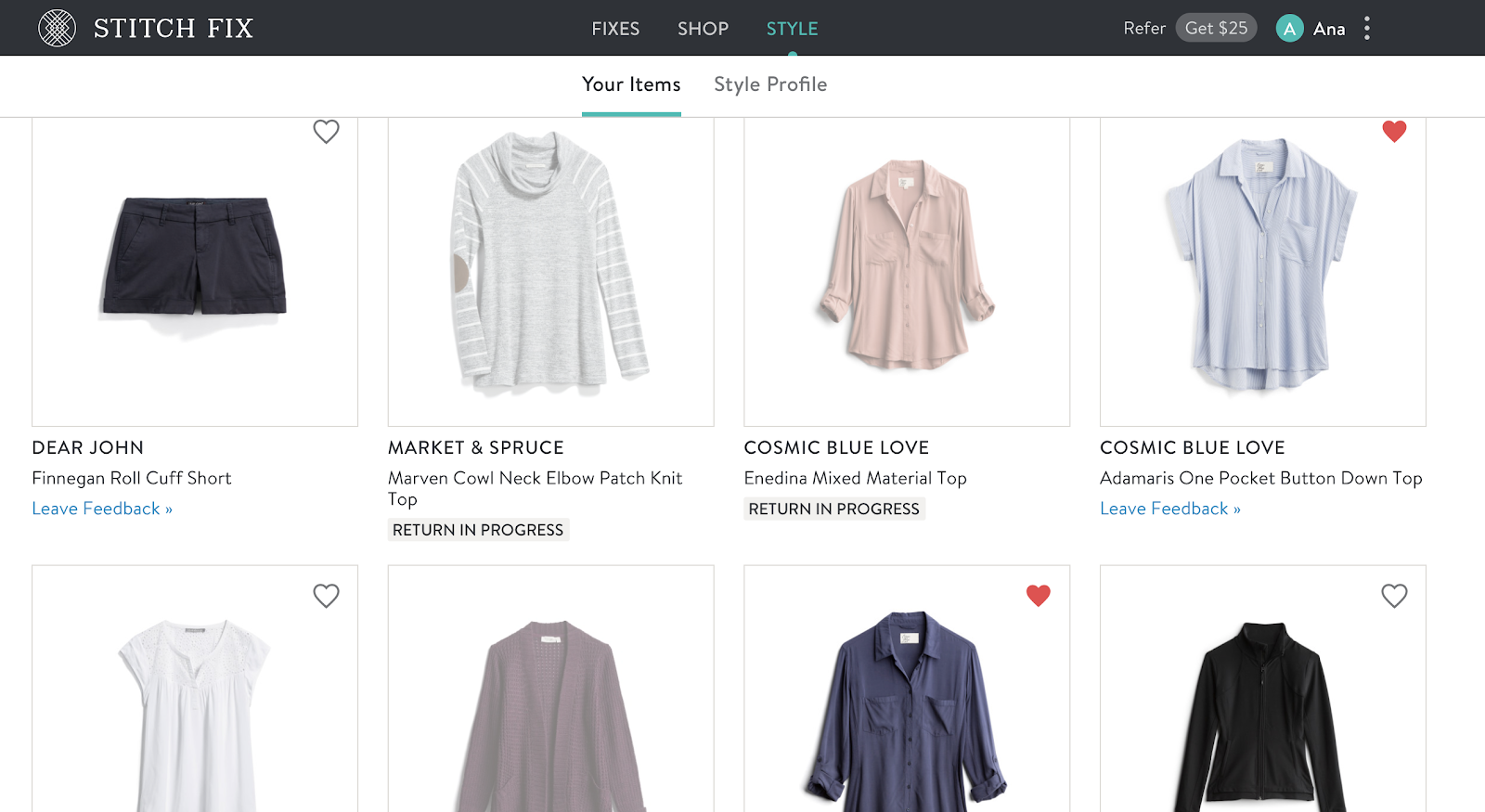
The more convenient it is for customers to purchase from you and work with you, the more likely they are to do so.
2. Invest in your customer support
Customer support is a major factor in customer retention.
A Microsoft study found that 96% of consumers worldwide said that customer service was an influential factor in their loyalty to their chosen brands. Another found that 93% of consumers are more likely to make repeat purchases with businesses that prioritized strong customer service.
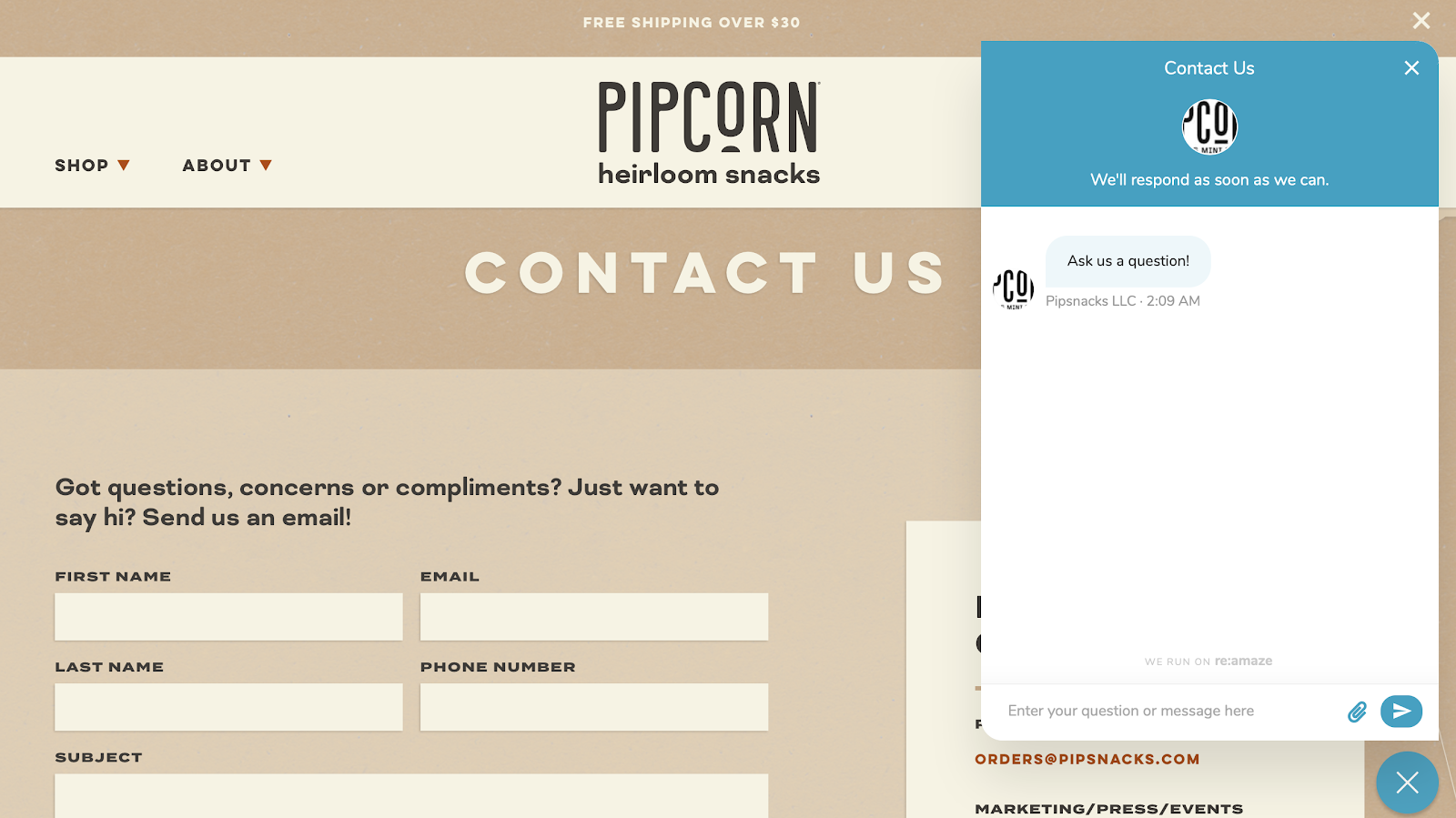
And just as good customer service increased retention, poor service reduced it; customers are actually 4x more likely to jump ship for a competitor if their problem with your brand is service-related instead of price or product-related.
The bottom line is to make customer service a priority.
Have someone manning customer phone lines; if you can’t, consider working with an answering service to help. You can also offer live chat on your site and should be responsive to all incoming messages (public and private) on social. Check your email and contact forms regularly.
3. Start a customer loyalty program
Customer loyalty programs are wildly advantageous. They encourage customers to come back and make repeat purchases in exchange for earning “points” that can be used for free samples, discounts or even entire products.
Loyalty programs can be based entirely on the amount the customer is spending with your business, driving up average order value.
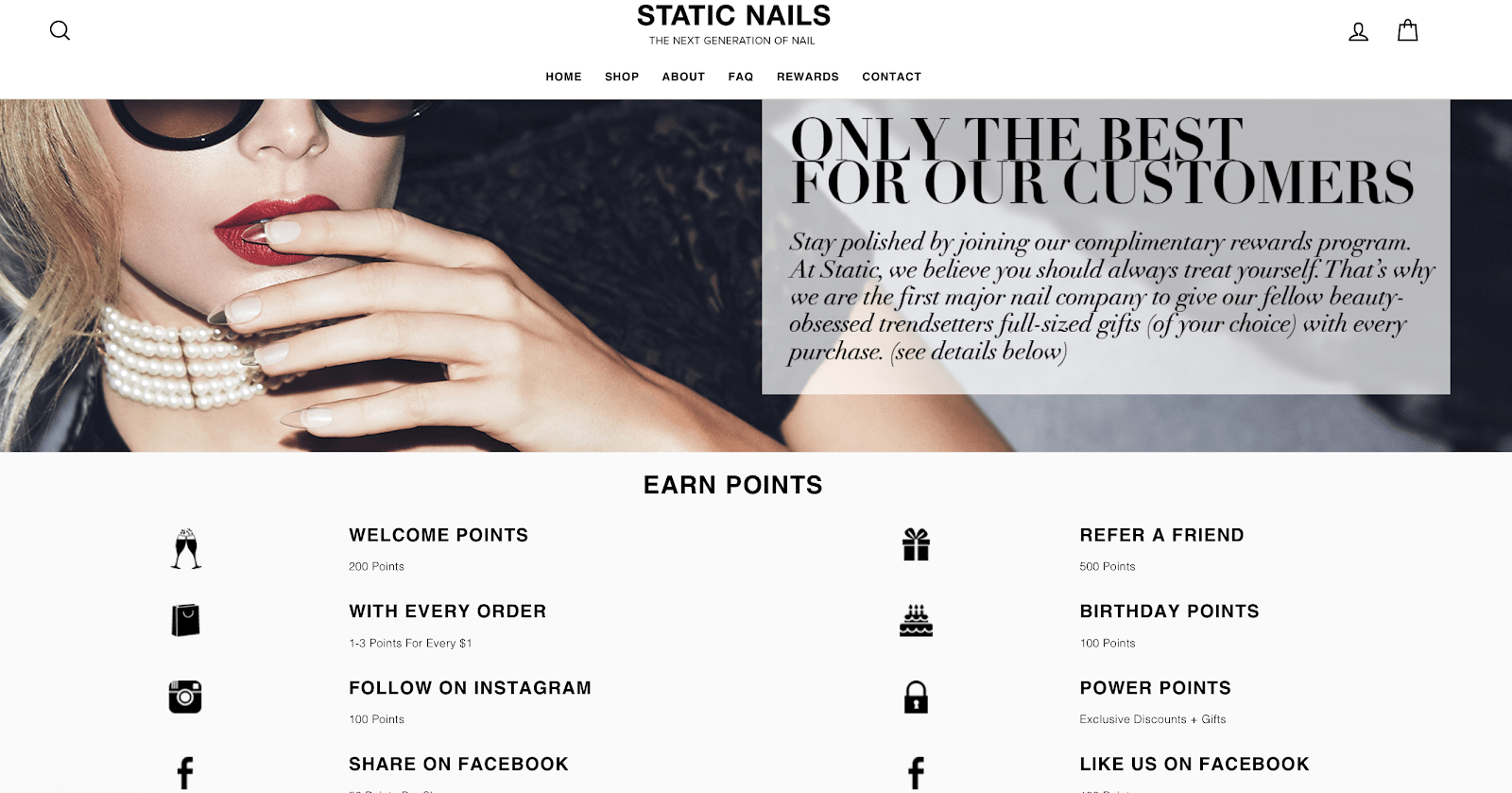
You can take these programs a step further, however, and offer additional incentives for social shares and referrals, too. And since customers acquired through referral programs have a 37% higher retention rate than those who come to you through other methods, this is a win-win for everyone involved.
4. Send engaging emails to your customers
Are you reaching out to customers and reminding them to come back and purchase from you?
You should always have triggered automated email campaigns set up for abandoned cart emails, designed to bring back high-intent customers.
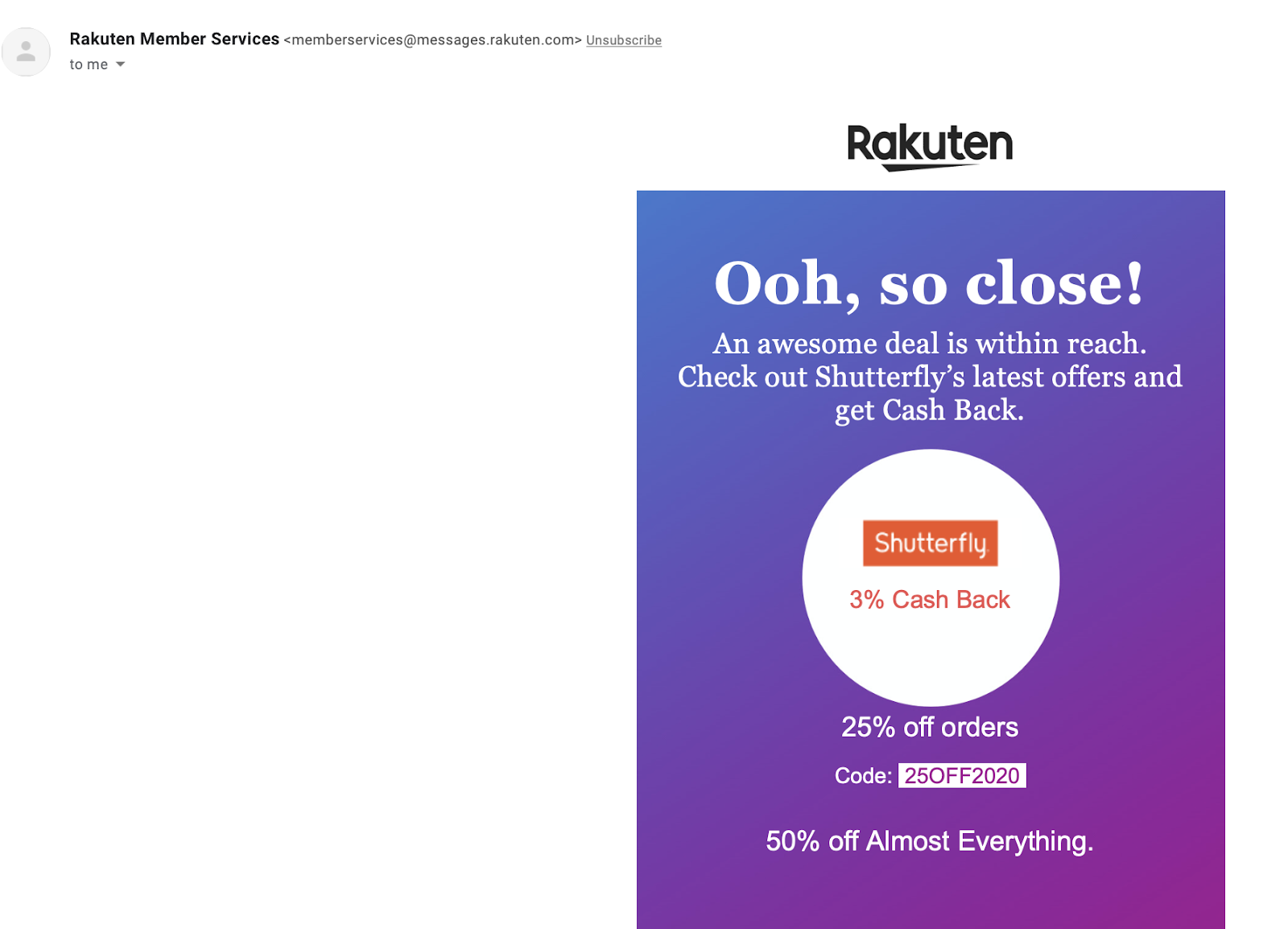
You should also be using personalized, segmented email campaigns based on the customer’s past purchases. This includes reminders to purchase again if it’s a subscription product, or showing users products complementary to what they’ve purchased in the past.
5. Offer personalized discounts and credits
Personalization is the name of the game when you want to increase customer retention. Segmented marketing will be key here, allowing you to show customers relevant messaging at the right time.
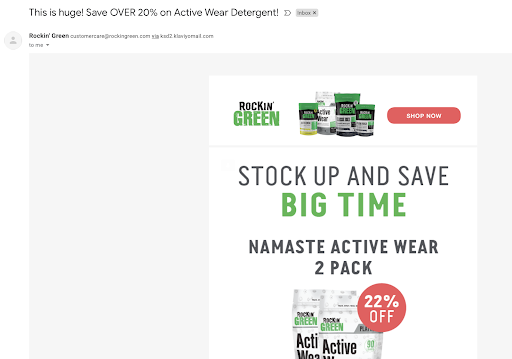
Offer well-timed discounts and credits on products that you know that your customers will want based on their past purchases. This is easy enough to set up with any basic email software, so look at what your audience needs and use discounts to incentivize higher order values.
Focus on customer retention and grow your business (from the inside out)
If you’re wondering how to get repeat customers, using these customer retention strategies is a great place to start while monitoring your key customer retention metrics.
All businesses should be focused on retention marketing that’s designed to keep your customers engaged and purchasing long after they first convert, keeping your overall acquisition costs as low as possible and your profit high.
Take some time to assess your current customer retention management strategies and how they’re impacting your success. This can help you determine what steps you need to take (and which strategies to test!) moving forward.
The right tools can help. Lightspeed and Homebase’s full integration can make it easier for you to assess the efficiency of your customer retention marketing quickly. You can learn more here.

News you care about. Tips you can use.
Everything your business needs to grow, delivered straight to your inbox.



